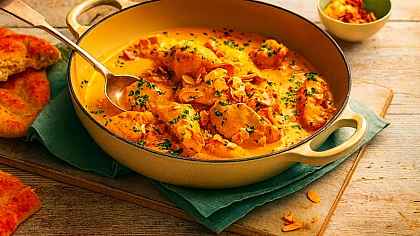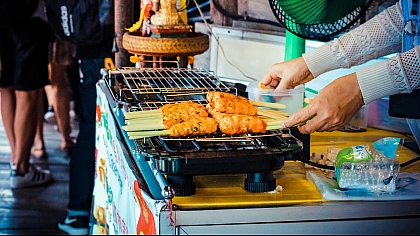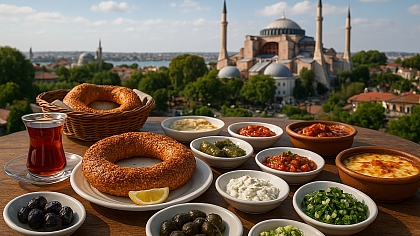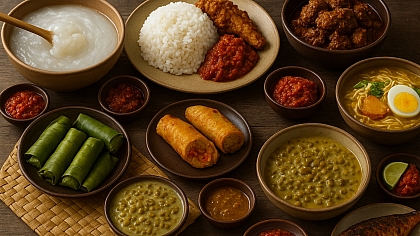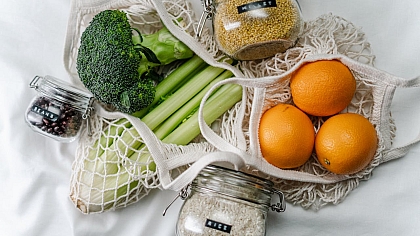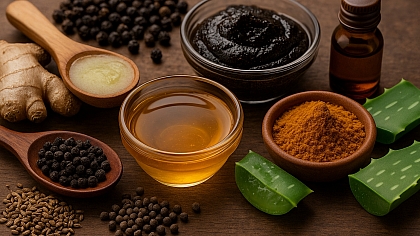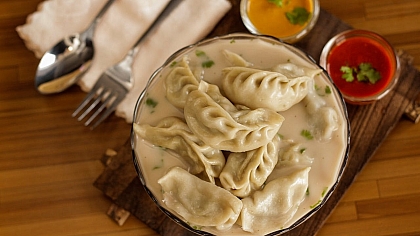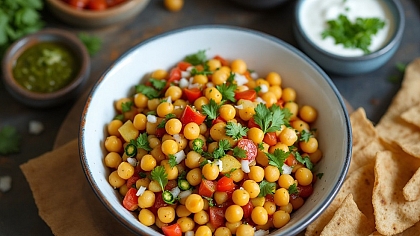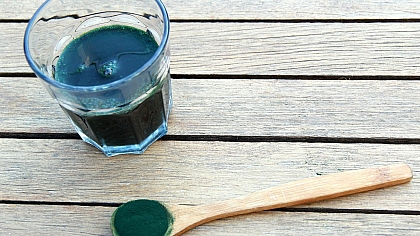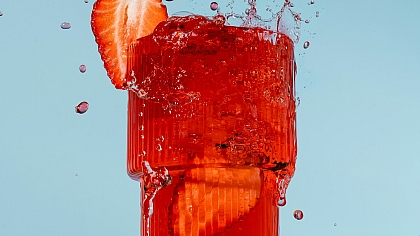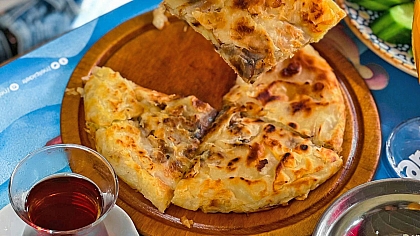
Choosing the Right Kettle: Turkish, Middle Eastern, and South Asian Teapots
The Heart of the Home: More Than Just a Pot
In many homes from Istanbul to Islamabad, the teapot is not just a kitchen tool. It is a centerpiece of daily life, hospitality, and tradition. The whistle of a kettle means a guest has arrived. The steam rising from a pot means a conversation is about to begin. But not every teapot is the same. The unique teas of Turkey, the Middle East, and South Asia demand specific tools to unlock their full flavor and character.
Choosing the right one transforms the ritual of making tea. The wrong pot can lead to weak tea, lost aromas, or even a broken spout. The right pot feels like an extension of your hand, brewing the perfect cup every time. This is a guide to finding that pot.
Understanding the Classics: Styles and Their Uses
Each region has a design perfected over generations for its specific brewing method.
The Turkish Çaydanlık (Double Boiler): This is two pots stacked together. The bottom pot is larger and holds boiling water. The smaller top pot holds very strong tea leaves and a little water, brewing slowly using steam from the bottom pot.
- Purpose: To brew intensely strong black Turkish tea (çay) that is then diluted to taste with hot water from the lower pot.
- Best For: Those who enjoy the strong, aromatic tea central to Turkish culture and want an authentic experience.
The Middle Eastern Birka or Teapot: Often made of stainless steel or aluminium, these are sturdy, single pots with a long spout and a removable lid. They are designed to be heated directly on a stovetop flame.
- Purpose: To brew tea directly with the leaves in the pot. Commonly used for Middle Eastern black teas, often flavoured with mint or sage.
- Best For: Direct, stovetop brewing of tea for multiple people. The long spout allows for a graceful pour into small glasses.
The South Asian Kettle (and Kulhad): In India, Pakistan, and Bangladesh, a sturdy, often whistling kettle is essential. It is used to boil water and milk together for Masala Chai. Tea is often brewed right in the kettle or in the cup. The kulhad is not a pot but a memorable vessel: an unglazed, fired clay cup that imparts an earthy flavor to the tea.
- Purpose: To boil water and milk for chai. The whistling feature is a practical signal.
- Best For: Making large quantities of milk-based chai. Clay cups (kulhad) are for serving, adding a distinct mineral note.
Material Matters: How It Changes Your Tea
The material of your teapot affects heat retention, taste, and durability.
| Material | Pros | Cons | Best For |
|---|---|---|---|
| Stainless Steel | Durable, doesn't rust, easy to clean, neutral taste. | It can have a less traditional look. | South Asian kettles, Middle Eastern birka. Practical, daily use. |
| Copper | Excellent, even heat conduction. Beautiful traditional look. | Requires regular polishing to prevent tarnish. It can be expensive. | Turkish çaydanlık. Provides ideal heat for the double-boiler method. |
| Aluminum | Heats up very quickly. Lightweight and affordable. | Can react with acidic teas, potentially altering taste. Can dent easily. | Budget-friendly option for direct heat brewing. |
| Ceramic / Porcelain | Retains heat well. Does not affect the tea's flavor. Beautiful designs. | It can crack with rapid temperature changes. Not for direct stovetop use. | Serving pots or for brewing tea with boiling water poured in. |
| Clay (Unglazed) | Imparts a distinct, earthy richness to the tea. Natural heat retention. | Fragile. Requires careful seasoning and cleaning. Cannot use soap. | Kulhad cups for serving. Special clay pots for certain regional teas. |
Key Features to Consider
Beyond style and material, a few practical details make a big difference.
- Heat Source: Will you use a gas flame, an electric coil, an induction cooktop, or a charcoal burner? Not all materials work on all heat sources. Stainless steel with a magnetic base is essential for induction.
- Capacity: How many people do you typically serve? Turkish çaydanlıks and South Asian kettles often come in larger sizes (1.5L+) for families and guests.
- Spout Design: A long, curved spout with a built-in filter is ideal for serving sediment-free tea into small glasses without dripping.
- Handles: Look for handles that stay cool during use. Riveted metal handles are common and durable, but require a cloth to hold. Some designs have heat-resistant Bakelite or wood additions.
Finding Your Perfect Brew
Think about how you drink tea. Do you savor strong Turkish çay diluted to your taste? Do you enjoy milky, spiced chai boiled for a crowd? Or do you prefer a simple pot of herbal tea? Your habit points to the right tool.
An authentic copper çaydanlık is a masterpiece for the tea obsessive. A sturdy stainless steel whistling kettle is the workhorse for a chai lover. A simple ceramic pot might be all you need for gentle herbal infusions.
Your Teapot Questions, Answered
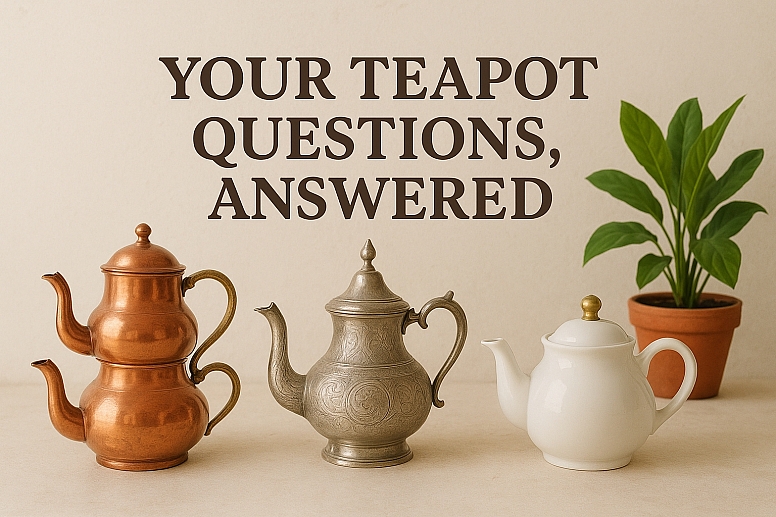
Why does my Turkish tea taste weak from my çaydanlık? The top pot must brew long enough. Use high heat to get the water in the bottom pot boiling, then reduce to a very low simmer. Let the tea in the top pot steep for at least 15-20 minutes to become dark and strong.
Can I use a Middle Eastern birka on an induction stove? Only if it has a magnetic base. Pure aluminium or copper will not work. Look for stainless steel pots or ones with an induction-ready plate added to the base.
How do I clean a clay cup (kulhad)? Never use soap. Rinse with warm water and scrub with a soft brush or salt. Let it air dry completely. The patina that builds up over time is part of its flavour-giving character.
What is the best overall material for a daily teapot? For durability, ease of use, and neutrality of flavor, stainless steel is the most practical and versatile choice for most people. It works on most stovetops and is easy to maintain.
The Next Cup Awaits
The perfect teapot is the one that fits your ritual. It feels right in your hand and makes the tea you love to drink. It’s a simple joy that turns a daily routine into a moment of connection. Listen to the whistle, watch the steam rise, and pour yourself a taste of tradition.

